It began without warning. One by one, people across the world started falling into a strange, dreamlike state. They became silent, unmoving awake, but trapped inside bodies that no longer obeyed them. In time, doctors called it encephalitis lethargica. But for the people living through it, it was something more terrifying: a living death.
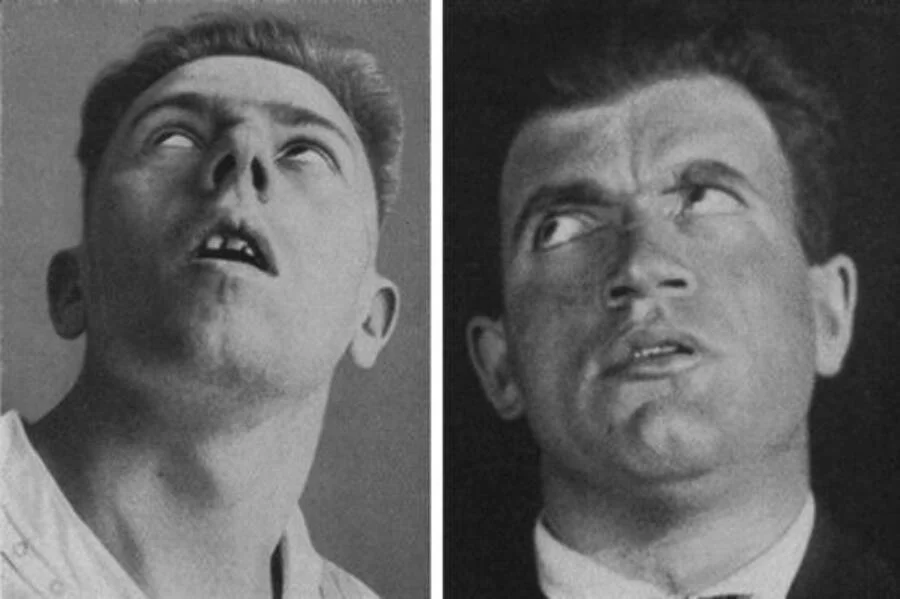
A Mysterious Onset
It often started with flu-like symptoms: sore throat, fever, fatigue. Nothing alarming at first. But within days, the infection would progress, hitting the brain like a lightning bolt. Victims would fall into deep sleep, some for days. Others experienced catatonic states, frozen faces, and eyes that stared blankly. They couldn’t move. They couldn’t speak. But they could hear and understand.
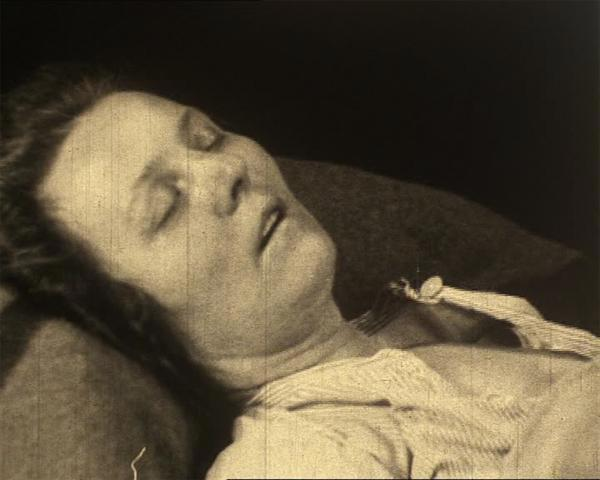
The press began calling it the “sleeping sickness,” though this was different from the African illness of the same nickname. This disease affected the central nervous system and left many in semi-permanent or permanent states of paralysis and rigidity. It was as if their bodies had turned to stone.
Video:
This Disease Turned 5 Million People Into Statues, And Then Vanished
Doctors Without Answers
Physicians around the world scrambled to understand what they were seeing. One of the most prominent was Dr. Constantin von Economo, who detailed the brain inflammation patterns and even predicted certain long-term symptoms. Autopsies revealed damage to the midbrain and basal ganglia areas responsible for motor control and wakefulness.
Despite his research, the root cause remained elusive. Was it viral? Was it a reaction to another infection? Was it tied to the 1918 Spanish flu pandemic? No one could say for sure.
To this day, there is no confirmed cause of encephalitis lethargica.
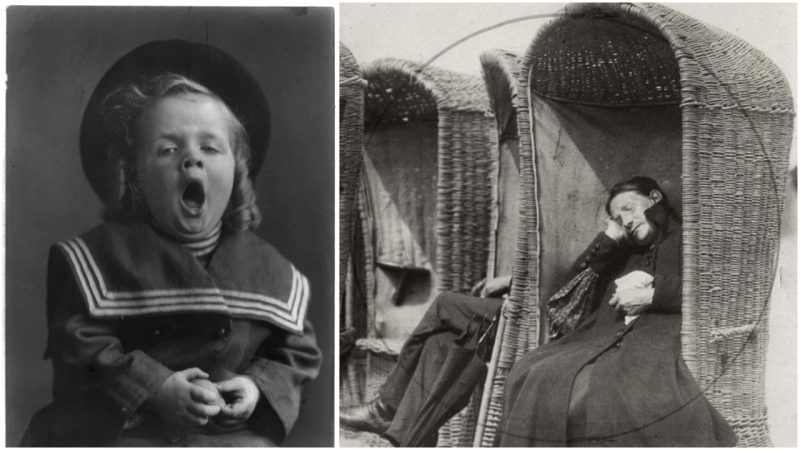
A Generation Left Behind
For those who survived the acute stage, life didn’t return to normal. Many developed what doctors now call post-encephalitic parkinsonism, with severe tremors, rigid muscles, and speech problems. They were often institutionalized, misdiagnosed, or simply forgotten.
Video:
Acute Encephalitis Lethargica (1925)
It wasn’t until decades later, in the 1960s, that a neurologist named Dr. Oliver Sacks brought their stories back to light. In a now-famous experiment, he treated some of these patients with L-DOPA, a drug used for Parkinson’s disease. The results were astonishing many “woke up” after years or decades in frozen silence. The awakening, however, was often temporary.
Dr. Sacks documented this in his book Awakenings, later adapted into an Oscar-nominated film starring Robin Williams and Robert De Niro.
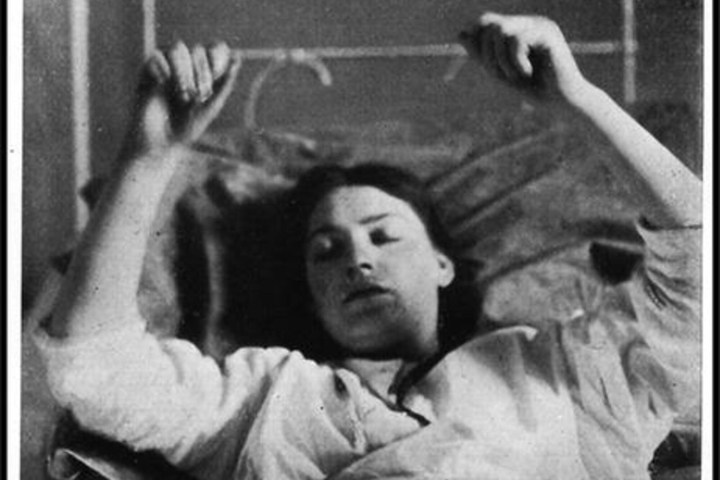
And Then It Vanished
By the early 1930s, new cases of encephalitis lethargica had virtually disappeared. There was no mass vaccination campaign. No miracle drug. The disease simply… stopped.
To this day, researchers still don’t know why it ended. Was it a rare viral outbreak that mutated or died off naturally? Was it an autoimmune anomaly triggered by another infection? The answers remain buried in history.
What we do know is this: a devastating neurological epidemic once affected hundreds of thousands
and modern medicine still can’t explain it.
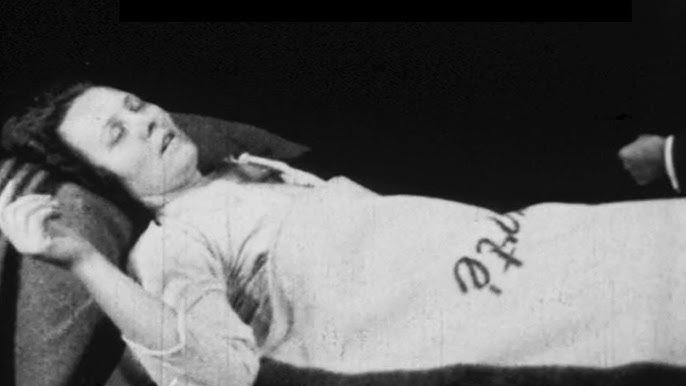
Could It Return?
Recent decades have seen renewed interest in encephalitis lethargica, especially as other viral illnesses like COVID-19 show long-term neurological effects. Some scientists fear that a variant or even the original cause could resurface in another form.
And if it does, will we recognize it? Will we be ready?
The tragedy of encephalitis lethargica is not just about those it struck down it’s about how easily it was forgotten.
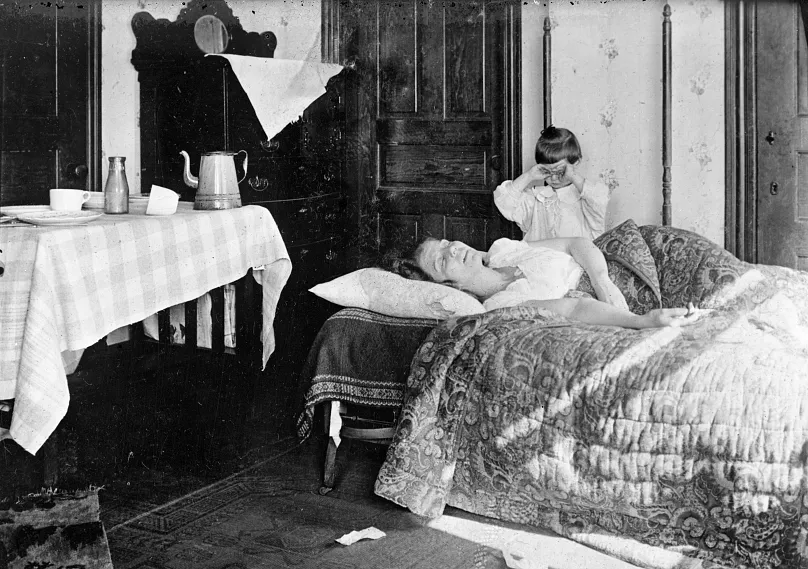
Conclusion
Half a million people became living statues. Their voices were silenced, their bodies frozen, and their stories nearly lost. We owe it to them and to ourselves to remember this eerie chapter in medical history.
Because if it happened once…
It could happen again.


